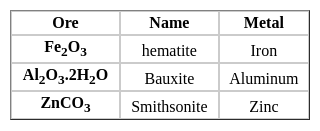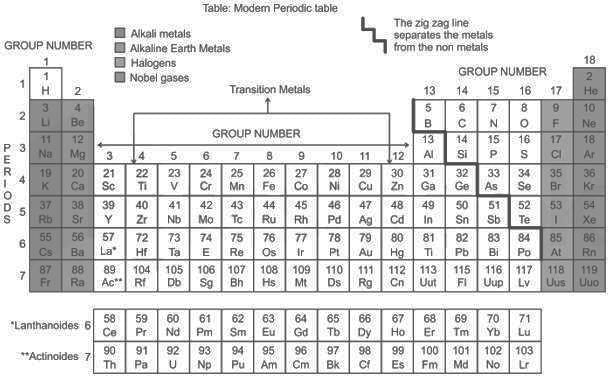Indian Army Agniveer Technical Mock Test - 2 - Indian Army Agniveer MCQ
30 Questions MCQ Test - Indian Army Agniveer Technical Mock Test - 2
Mahatma Gandhi returned to India in the year 1915, from which country among the following?
The folk dance Hojagiri originated and is associated with which part of India?
Which of the book is written by Lt Gen Anil Chauhan?
Surat is also known as ______ of India.
Which among the following is the source of Ganga river?
Select the figure from the options that can replace the question mark (?) and complete the pattern.
If cosec θ = 1(7/22), find the value of cot2 θ.
An unbiased dice is thrown. What is the probability of getting a multiple of 3?
If 40% of 40% of x is 40 then ‘x’ is
If the curve  , passes through the point (1, 2) and the tangent line to this curve at origin is y = x , then the possible values of a, b, c are:
, passes through the point (1, 2) and the tangent line to this curve at origin is y = x , then the possible values of a, b, c are:
Let f ∶ R → R be defined by f(x) = 3x2 − 5 and g ∶ R → R by g(x) =  . Then g o f is
. Then g o f is
C(n, r) +2C(n, r - 1) + C(n, r - 2) = ?
The order and degree of the differential equation (d3ydx3)2−3d2ydx2+2(dydx)4 = y4 are :
Instrument used to observe changes in the solar system is :
Arrange the following elements in the order of their decreasing metallic character.
Na, Si, Cl, Mg, Al


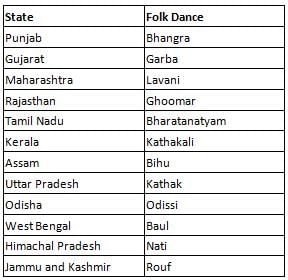


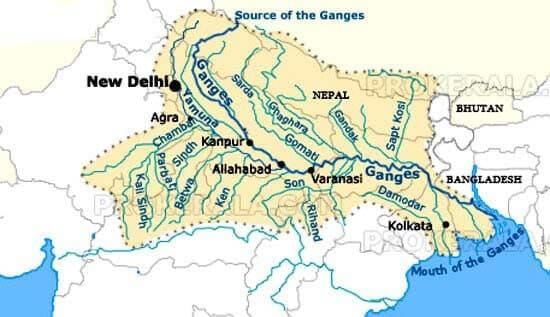









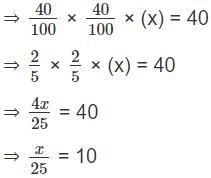
 at (x1, y1).
at (x1, y1).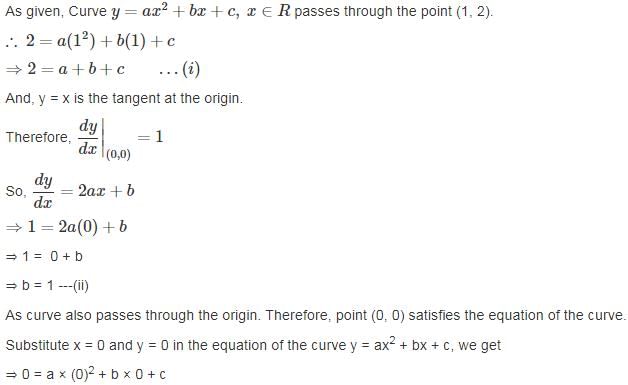

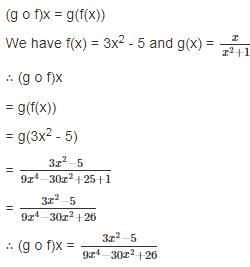
 ?
?

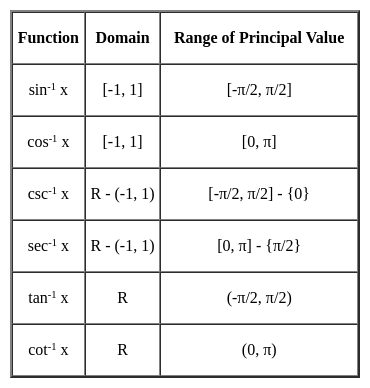
 ?
?





 ........(equation 1)
........(equation 1) .......(equation 2)
.......(equation 2)
 (Using equation 1 and 2)
(Using equation 1 and 2)
 = y4
= y4 ∴ The order is 3.
∴ The order is 3.
